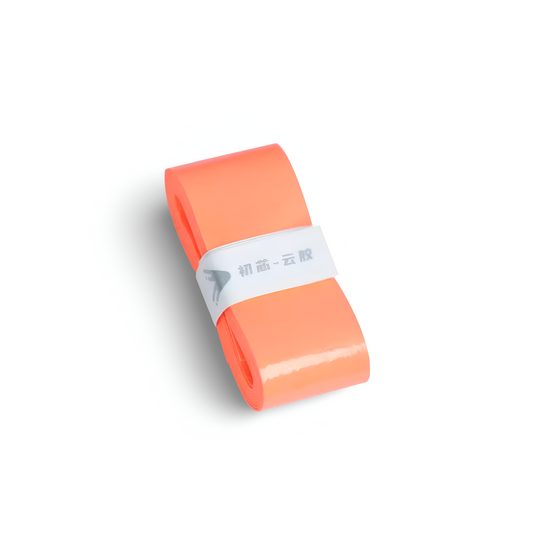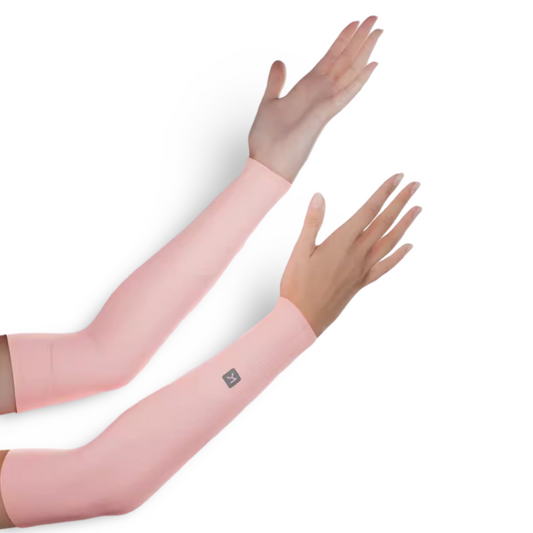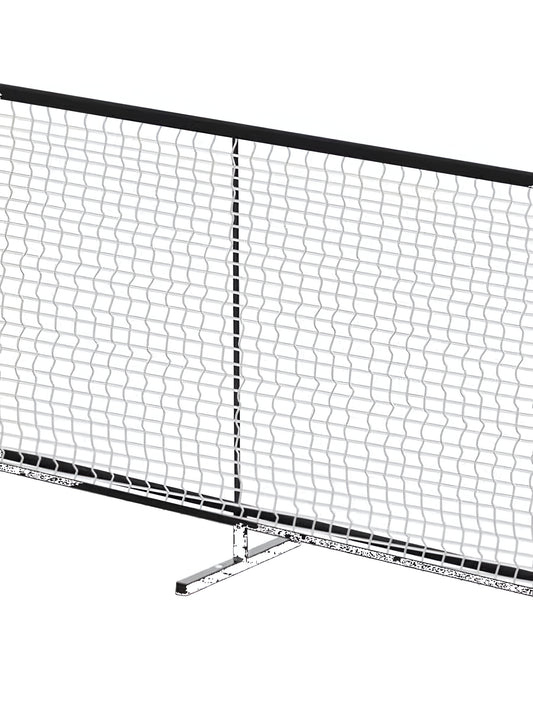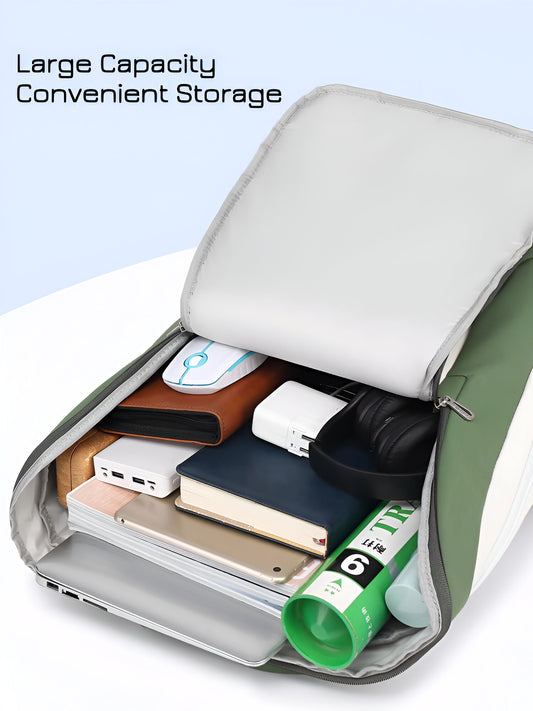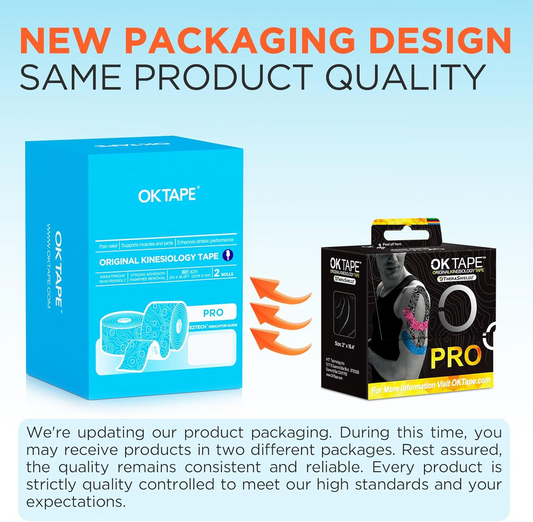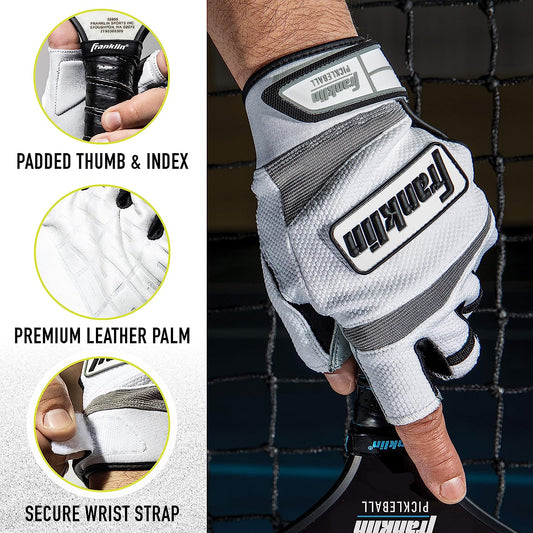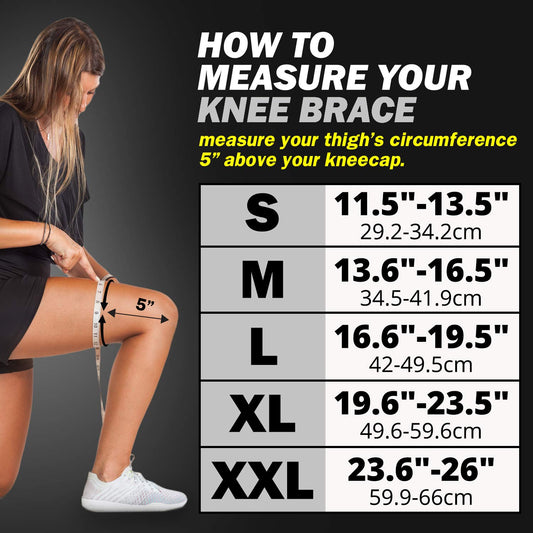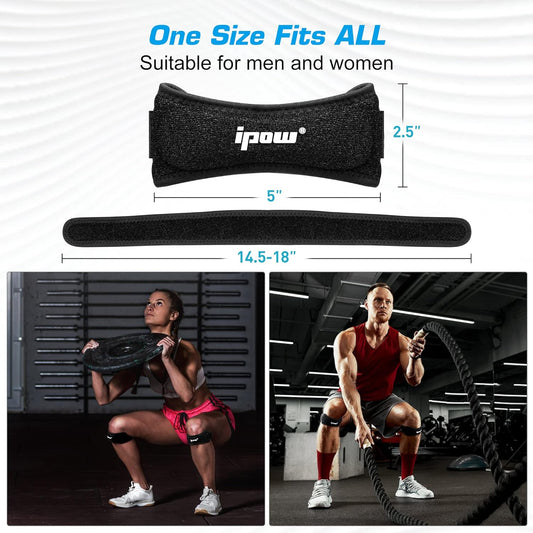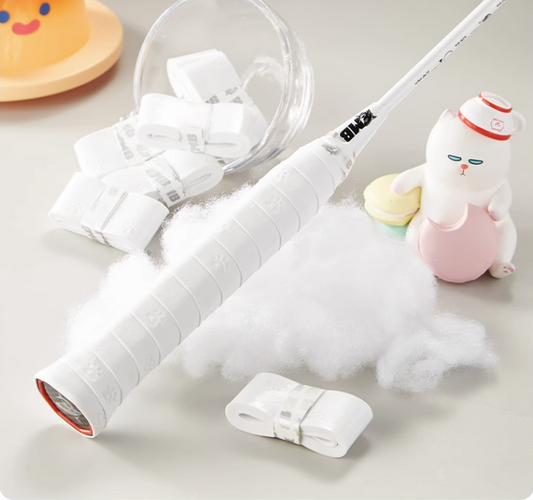Embarking on your pickleball journey, the game may initially seem like pure fun. Yet, as you delve deeper into competitive play, you may realize the vast array of skills to master and feel lost on where to begin. Don't worry! Here's a step-by-step guide to steer your journey from beginner to competitive levels.
Let's start by identifying the skills to prioritize at each level.

The skills listed on the each row are crucial for playing at that level. While practicing additional skills simultaneously isn't discouraged, lacking those additional ones may not be a hindrance. However, not mastering the essential skills can significantly impact your gameplay. For instance, if you don’t know how to drop a ball at all, you probably could still play at level 3.0. On the contrast, even if you are able to play perfect drop shots but don’t know how to block hard drives, you’ll probably find it very challenging to win a game at 3.0, where hard drives are common.
Furthermore, each skill can be honed to become more aggressive, requiring continuous practice with a focus on control and consistency. Let's delve into each skill, outlining what to concentrate on at your level.

Serve:
- 2.5-3.0 Just get in
- 3.0-4.0 Lob serve, power serve, topspin serve (Goal: diversify your arsenal)
- 4.0+ Sidespin Serve, kitchen corner angle serve, center line serve (Goal: enhance control, aggressiveness and minimize chance for a good return)

Return:
- 3.0-4.0 Soft return and deep return (Goal: more time to get to the kitchen line and keep serving team at the baseline)
- 4.0+ Sidespin, topspin and slice return (Goal: force a bad 3rd shot/drop)

Drive:
- 3.0-4.0 Crosscourt drive, down the line drive (Goal: drive the 3rd shot to set yourself up for a better fifth shot/drop)
- 4.0+ Topspin drive, slice drive (Goal: be more aggressive and practice strategies like the “Shake and Bake” with your partner)

Drive:
Not much magic here, but a few things to remember when you practice blocking a hard drive:
- No swing
- Open paddle face
- Loose grip
- Contact point out in front
- Lean forward with your weight

Drop:
- 3.0 Usually players at level 3.0 are not comfortable with drops and will instead drive a lot. So we can say that drop skills are not required to play at this level.
- 3.5 - 4.0 Regular drop, mix with 3rd shot drive (Goal: decrease the intensity of the opponent’s return, to get to the kitchen line or get closer to the kitchen line)
- 4.0 + Topspin drop, slice/underspin drop (Goal: effectively force the opponent to hit up at the ball, higher chance to get to the kitchen line)

Dink:
- 3.0 - 3.5 Consistent and high quality dinks are usually not required to play at this level
- 4.0 Regular crosscourt dinks, down the line and middle dinks with paddle face up (Goal: keep the ball in the kitchen and wait for chances to attack)
- 4.5+ Topspin dinks, slice dinks and dink at your opponents feet (Goal: be more aggressive and force your opponent to hit up the ball, be able to speed up or slow down the ball with different types of spins)

Volley:
- 3.0 - 3.5 Quality volley skills are usually not required to play at this level
- 4.0 Regular forehand and backhand volleys (Goal: practice your stance, paddle face, grip and contact point)
- 4.5+ Roll volley, dink volley, punch volley, underspin volley, drop volley (Goal: add more varieties and know when to use each type of volleys)

Additional Skills (for level 4.5+):
- Focus on attack, reset, and poach
- Prioritize footwork and mindset development
By following this structured approach to skill development, you can navigate your pickleball journey with confidence and purpose.
Stay tuned for in-depth guides on each skill, accompanied by curated video tutorials. Subscribe to our newsletter or follow us on social media to stay informed!


